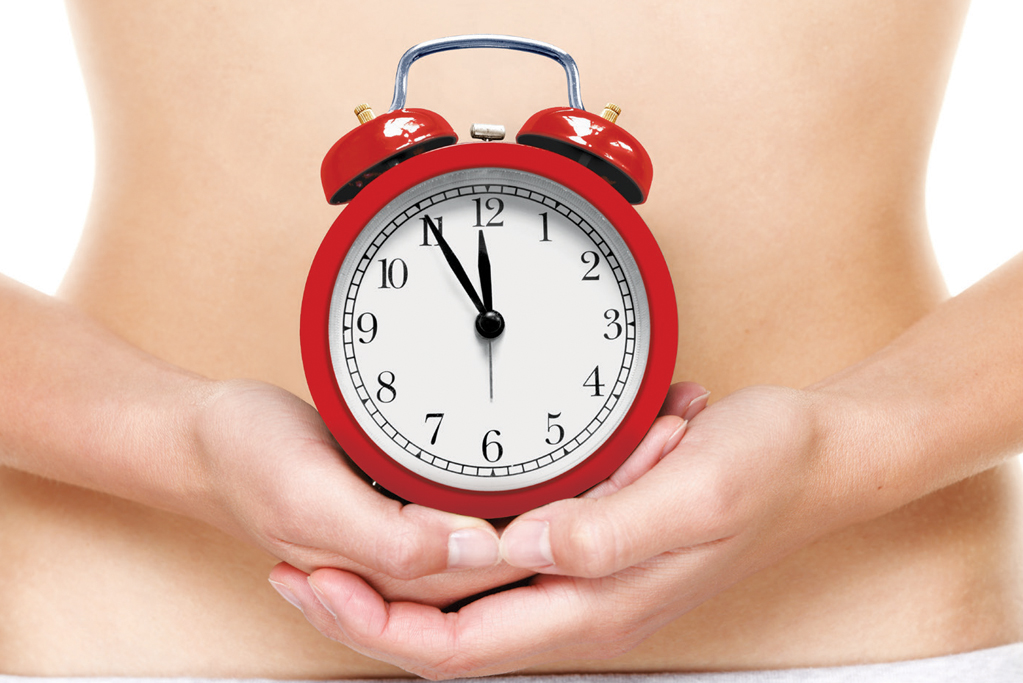
As women aggressively pursue career goals and professional development, it is worth remembering that the best childbearing years do not return once past.
Having children at your peak
When it comes to child-bearing, age does matter. In recent decades, demographic and socioeconomic trends have seen more women having children in their late 30s and early-to-mid-40s. This trend is matched by an increase in women seeking evaluation and treatment for infertility.
It is well known that people are delaying parenthood for different reasons – such as later first marriages and the pursuit of career goals – but what is less well-known is how this affects fertility.
The effect of age on fertility
There is a very well demonstrated decline in female fertility as a woman ages. Compared to other major organ systems, the female reproductive system ages to the point of failure at a relatively young age. Although women on average reach menopause at 51, the female reproductive system hits its peak in the early 20s and declines steadily thereafter. After 35, there is an even more dramatic decline, in spite of the fact that women generally maintain regular, ovulatory menstrual cycles well into their 50s.
This decline in fertility not only lowers the chance of natural conception, it also affects the rate of success for advanced infertility therapies such as controlled ovarian hyperstimulation and in vitro fertilisation (IVF). When given gonadotrophins to stimulate egg production, older women tend to be less responsive and produce smaller numbers of eggs in spite of higher doses. In IVF, pregnancy rates also decline sharply in women in their late 30s. There is also an increased risk of miscarriage as the uterus loses some of its functional abilities with age.
Seeking help early
Older women who wish to conceive and those who experience infertility beyond the age of 35 should seek early basic evaluation. It is advised that both the male and female partners undergo assessment.
In general, infertility examination is deferred until after at least one year of unprotected intercourse. However, in an older age group, this evaluation can be made after as few as six months of attempted conception. This allows abnormalities to be addressed as soon as possible, allowing such intervention a reasonable chance of resulting in a pregnancy.
In general, treating age-related infertility is challenging and somewhat limited. There is no specific treatment available for egg abnormalities or decreased ovarian reserve (a low number of eggs in the ovaries). Therapy for older women is thus usually directed toward increasing the number of available oocytes (premature eggs) via a controlled stimulation of the ovaries and/or assisted reproductive technologies. However, the implantation rates are typically low in spite of increased egg production and normal fertilisation, particularly beyond the age of 40. This is because after 4o, only one to two in 10 eggs that a woman produces are normal.
These challenges underscore the need for more awareness in the healthcare setting as well as education of the general public. This will help couples make informed decisions about family and career planning.






